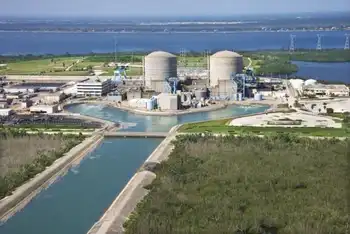Japan May Expand Deregulation
TOKYO -- - An advisory panel to the industry minister called for deregulating retail power rates for small- and mid-scale commercial electricity users in fiscal 2004, ministry officials said.=
The proposed deregulation by a subcommittee of the Advisory Committee for Natural Resources and Energy will affect 60 per cent of total demand for electricity.
Currently, power rates for large-lot commercial users of 2,000 kilowatts or more are decontrolled. Demand from these users, such as big manufacturing plants and office buildings, accounts for nearly 30% of total power demand.
The subcommittee urged allowing electric power companies to set retail prices themselves for users of more than 50 kilowatts but less than 2,000 kilowatts.
The Ministry of Economy, Trade and Industry plans to adopt a schedule for deregulating power rates for such users later this month and submit legislation for necessary legal revisions to the ordinary Diet session to be convened in January.
To promote competition, the ministry will seek to create a nationwide wholesale market and a neutral body that will work out trading rules, monitor whether the rules are followed, and settle disputes.
Regarding deregulation for households and other power users of less than 50 kilowatts, the ministry is as yet unlikely to make a clear schedule.
Related News

Japan opens part of last town off-limits since nuclear leaks
TOKYO - Futaba Partial Reopening marks limited access to the Fukushima exclusion zone, highlighting radiation decontamination progress, the train station restart, and regional recovery ahead of the Tokyo Olympics after the 2011 nuclear disaster and evacuation.
Key Points
A lift of entry bans in Futaba, signaling Fukushima recovery, decontamination progress, and a train station restart.
✅ Unrestricted access to 2.4 km² around Futaba Station
✅ Symbolic step ahead of Tokyo Olympics torch relay
✅ Decommissioning and decontamination to span decades
Japan's government on Wednesday opened part of the last town that had been off-limits due to radiation since…




